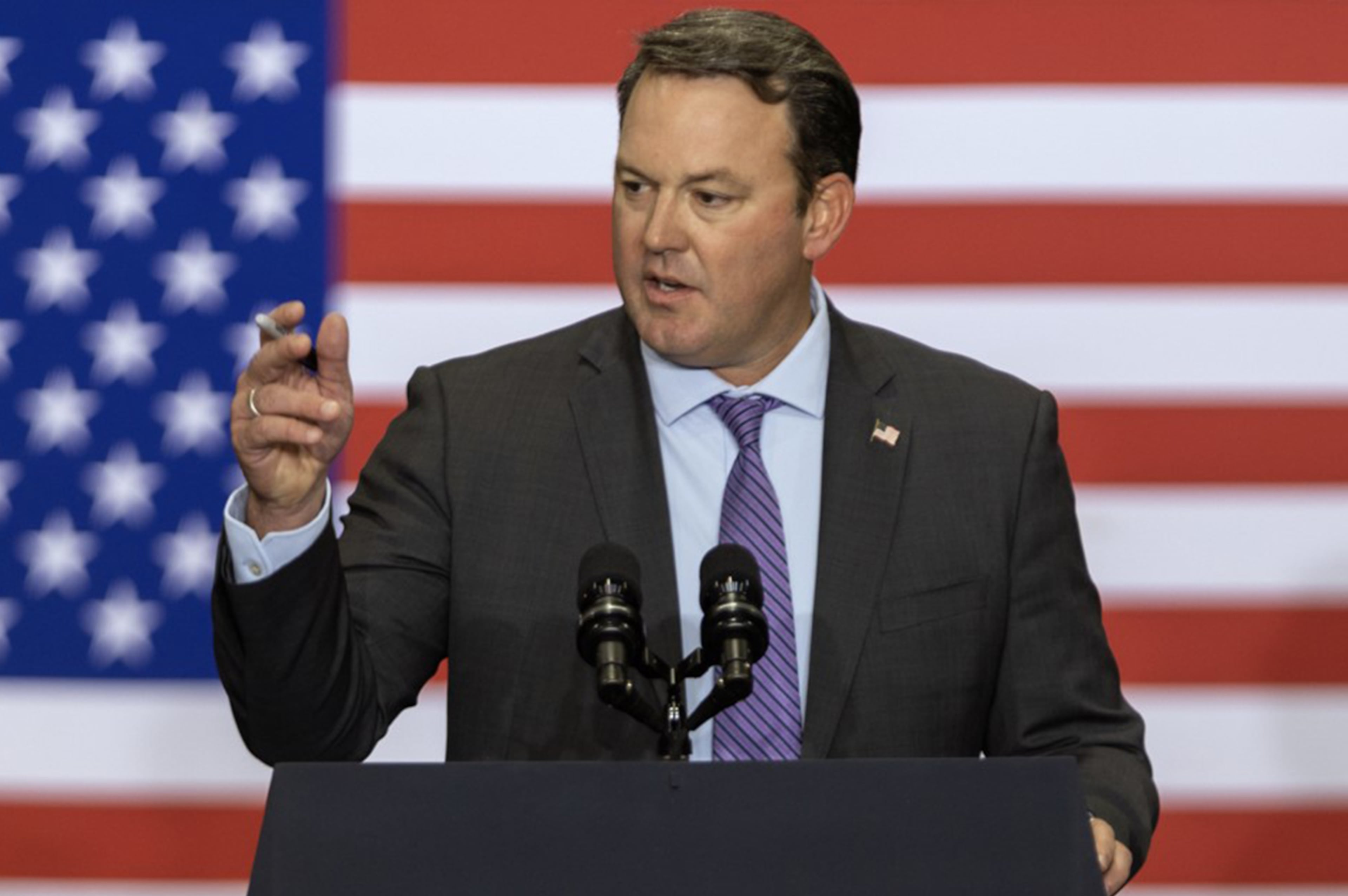Atlanta United has improved in 4-3-3, just not in area expected
It may only make sense because not much makes sense about Atlanta United’s season, but its defense has improved and its offense suffered, just a little bit, since manager Ronny Deila switched back to the 4-3-3 formation the team started the season playing.
In the past three matches, which is when Deila made the move back to the formation the team played for the first 11 matches, its goals per match, expected goals per match, shots, and shots on goal per match have decreased. Its goals allowed per match, expected goals against per match, shots against, and shots on goal against per match have improved. Only clear chances created have improved, while clear chances allowed have decreased.
It’s difficult to make sense of it because the 4-3-3 takes away a defender from the 5-3-2 and adds a midfielder. The offense should improve while the defense should suffer.
Instead, as Atlanta United prepares to host Charlotte on Saturday, the opposite has happened. It has scored three and allowed three while grinding out three consecutive draws.
“I think the energy in the team — I don’t believe so much in systems as the system is the system — but we have to find the right way of getting the best out of our players,” Deila said. “And we are trying little bit different things for different circumstances, but we, in the future, want to be in the back four.”
Deila said the defense has improved because the team is pressing better out of a 4-4-2 formation when the opponent has possession of the ball. It has struggled with its reaction, whether to press or drop and absorb when it loses possession in its own half of the field, and the 4-3-3 hasn’t yet been adapted to the 4-4-2. Chicago created a goal in Wednesday’s match from transition.
Reacting when Atlanta United creates a turnover is among the reasons the offense hasn’t improved since the switch. As an example, late in the match against Chicago, Atlanta United forced a turnover in Chicago’s half. Jamal Thiare received the ball at the top of the 18-yard box. Instead of turning and shooting, and there was space to do so, he passed it backward.
Ideally, when the team creates a turnover, it has shorter distances between players to connect passes and shorter runs to make for teammates who are trying to get into open areas.
Deila said if the reaction can improve when the team wins the ball, it should start to create more scoring chances, resulting in more shots and shots on goal.
He said they forced 20 turnovers in Chicago’s half of the field in Wednesday’s match. Atlanta United finished with seven chances created, 10 shots, four shots on goal and two goals.
“I think we just have to continue doing the same thing to try and take advantage of the spaces,” fullback Pedro Amador said. “We have to keep creating and working on that.”
| Pre-DC | per game | Since DC | |
|---|---|---|---|
| Goals | 22.00 | 1.16 | 3.00 |
| Allowed | 37.00 | 1.95 | 3.00 |
| xG | 33.37 | 1.76 | 3.68 |
| xGA | 34.10 | 1.79 | 3.20 |
| Shots | 224.00 | 11.79 | 28.00 |
| Shots on goal | 75.00 | 3.95 | 8.00 |
| SOGA | 114.00 | 6.00 | 16.00 |
| Chances | 12.00 | 0.63 | 2.00 |
| Chances allowed | 22.00 | 1.16 | 0.00 |


